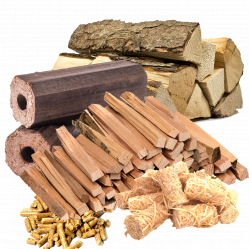Product Categories
Firewood & Fuels

Firewood & Fuels
Selecting the right fuel to burn on your appliance is essential, not only for the environmental impact but also to ensure optimum efficiency and longevity of your appliance. Burning the incorrect type of fuel will cause an endless amount of problems for your appliance and your chimney or flue system, not to mention the release of particulates and pollution into the atmosphere, usually caused by burning wet or damp fuel.
To help regulate the supply of firewood and fuels, and to ensure it remains sustainable, Woodsure has been established and is a not-for-profit organisation now governed by HETAS. Woodsure has implemented a certification scheme whereby suppliers of wood and other fuel sources must be stringently tested and approved by Woodsure before they are certified and deemed suitable for sale. When certified, any fuel products will display the ‘Ready to Burn’ logo, confirming that this product has been tested for quality and moisture content and is deemed suitable to burn. At Firebox Stoves we fully support this scheme as it helps to increase the overall sustainability and quality of fuel sources available, whilst also raising awareness about the environmental importance of burning the correct fuel type on any appliance.
